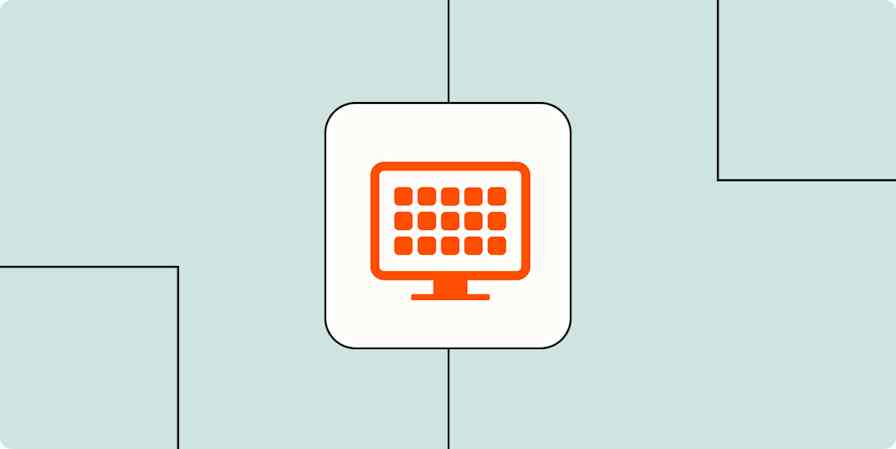App tips
5 min readSwitching apps isn't scary
Here's how to know if it's time to switch to a new tool—and how to find the right software and transfer your data.
By Justin Pot · December 14, 2021

Get productivity tips delivered straight to your inbox
We’ll email you 1-3 times per week—and never share your information.
Related articles
Improve your productivity automatically. Use Zapier to get your apps working together.








